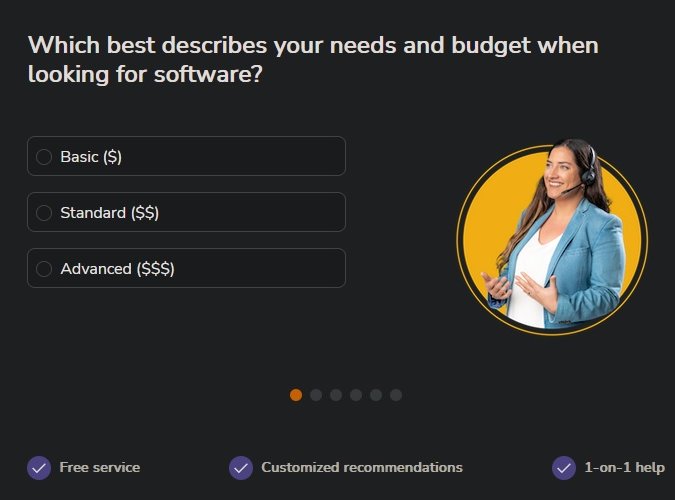ERP Software for EV & Electrification
Enterprise Resource Planning (ERP) software is the digital backbone of modern enterprises, integrating finance, supply chain, operations, manufacturing, and workforce management into a unified system. For the EV and clean energy ecosystem, ERP platforms are critical for scaling gigafactories, battery production, EVSE deployment, and fleet operations. They connect upstream supply chains (critical minerals, parts, and components) with downstream operations (vehicles, charging, and service) to ensure efficiency, transparency, and compliance.
Key Functions of ERP Software
| Function / Feature | Description | EV-Specific Examples |
|---|---|---|
| Finance & Accounting | Centralized financial management, budgeting, cost control | CapEx for gigafactory buildouts, Opex for EVSE operations, carbon credit accounting |
| Supply Chain Management | Planning and tracking procurement, logistics, and inventory | Battery materials traceability, IRA domestic content compliance, global sourcing |
| Manufacturing Execution | Integration of factory floor operations with enterprise planning | EV assembly lines, gigafactory process optimization, digital twins |
| Workforce & HR Management | Employee records, training, safety compliance, scheduling | Upskilling for EV technicians, OSHA compliance, factory shift planning |
| Project Management | Coordinating complex, multi-phase projects across departments | EVSE infrastructure deployment, microgrid integration, construction projects |
| Asset & Resource Planning | Tracking physical and digital assets, resource utilization, and lifecycle costs | EVSE uptime monitoring, battery lifecycle management, gigafactory equipment maintenance |
| Compliance & Reporting | Automating regulatory, ESG, and financial reporting requirements | SEC climate disclosures, EU Battery Regulation, NERC CIP reporting |
| Integration with Other Systems | Linking ERP with CRM, PLM, FMS, and energy management platforms | Synchronizing fleet data, digital twins, and microgrid operations with enterprise finance |
Role in Electrification
ERP systems provide the **foundation for scaling** the EV and energy transition, ensuring enterprises can manage supply chains, finances, compliance, and workforce at gigafactory and global scale. They are essential for coordinating cross-border supply chains, responding to policy-driven incentives, and managing real-time production across complex electrification ecosystems.
Market Outlook & Adoption
| Rank | Adoption Segment | Drivers | Constraints |
|---|---|---|---|
| 1 | EV Gigafactories & Battery Plants | Scale, supply chain traceability, IRA/EU compliance | High integration complexity, need for real-time production data |
| 2 | Automakers & Tier-1 Suppliers | Managing global parts flows, quality control, multi-plant coordination | Legacy system integration, resistance to change |
| 3 | EVSE & Charging Network Operators | Financial visibility, uptime reporting, asset management | Need for interoperability with energy & fleet systems |
| 4 | Utilities & Energy Providers | Grid integration, DER management, regulatory compliance | Slow adoption cycles, fragmented systems |
Strategic Importance
- Provides a single source of truth across complex EV and energy enterprises
- Enables traceability of critical minerals and battery materials from mine to product
- Supports compliance with IRA, EU Battery Regulation, and sustainability reporting
- Drives efficiency in manufacturing, fleet operations, and charging deployment
- Forms the backbone for integration with PLM, CRM, and FMS software stacks

